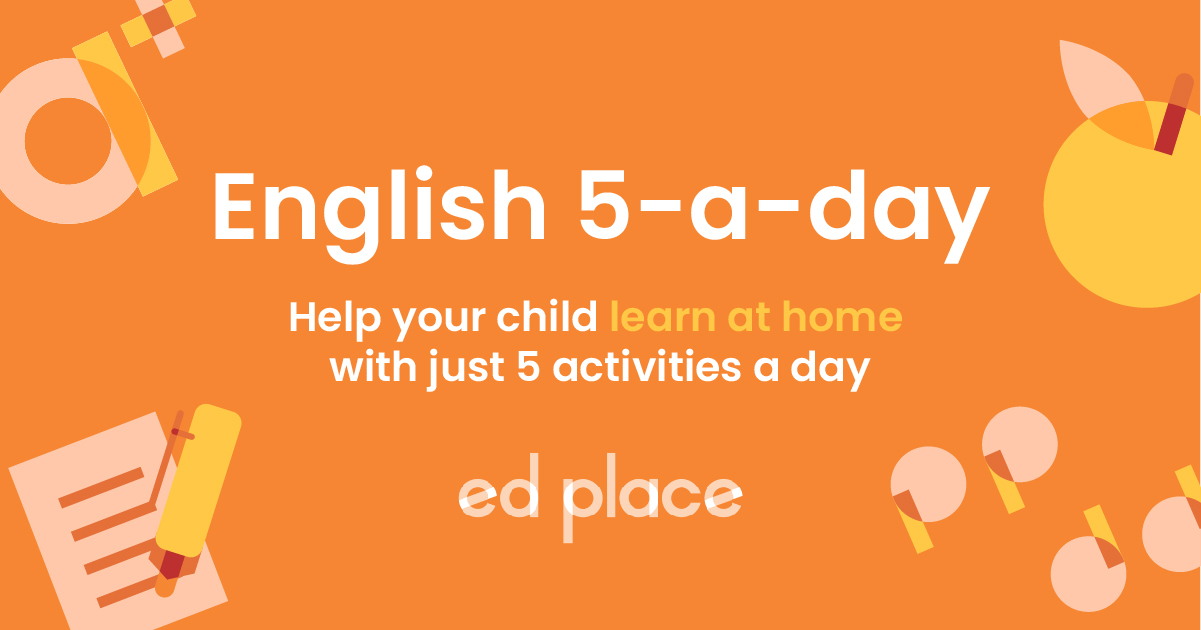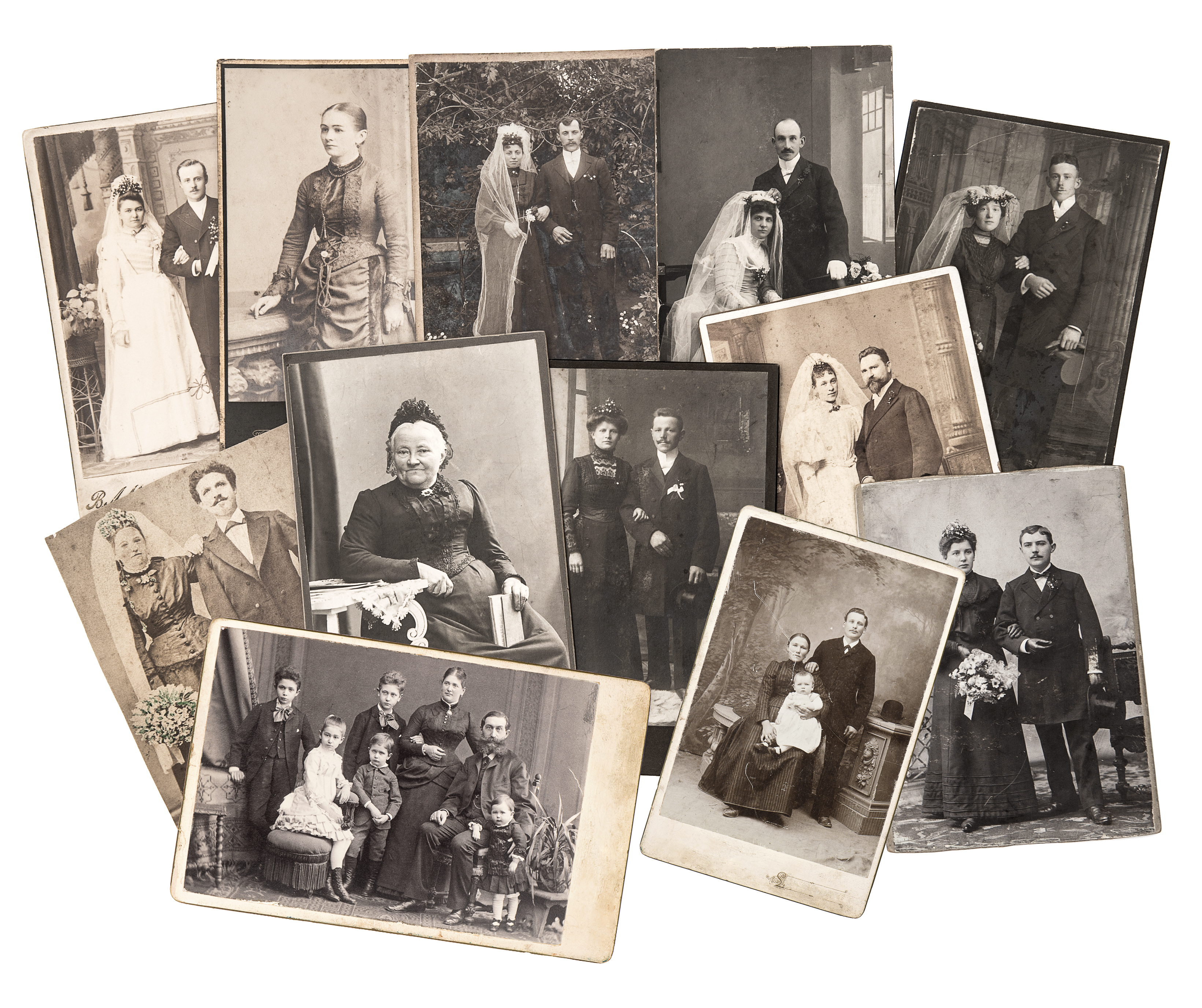
EdPlace's Y3 & Y4 Home Learning English Lesson: Inference
Looking for short lessons to keep your child engaged and learning? Our experienced team of teachers have created English, maths and science lessons for the home, so your child can learn no matter where they are. And, as all activities are self-marked, you really can encourage your child to be an independent learner.
Get them started on the lesson below and then jump into our teacher-created activities to practice what they've learnt. We've recommended five to ensure they feel secure in their knowledge - 5-a-day helps keeps the learning loss at bay (or so we think!).
Are they keen to start practising straight away? Head to the bottom of the page to find the activities.
Now...onto the lesson!
Improving inference comprehension skills for Year 3 and Year 4
In English, we often use complicated words to describe straightforward concepts but the topic of inference is actually very simple. Children often struggle with questions based on this skill in reading comprehension so why not work through these steps to help build up their understanding?
We're sure that if you follow this article through, your child will be able to:
1) Understand what inference means and be able to use it in a sentence starting 'I infer...'
2) Explain their inference using ‘because’ to justify their answer
3) Apply this learning when reading a longer extract or text
Learning the Lingo!
Here is some of the terminology which you need to be confident with to support your child:
Inference – reaching a conclusion based on evidence and reasoning ( you can explain this to children as using the clues given to form a decision)
Justification – showing that your answer is reasonable (because of the evidence)
Evidence – the clues (could be pictures or words and phrases in a text)
Step 1 - The Crime Scene
This is the fun part and children love it! A great way to start explaining inference is by getting them using the language aloud and explaining their thoughts. Why not create a ‘crime scene’ for the children to infer what has happened and, of course, ‘whodunnit’!
1) First, you need a crime – it could be that a cake has been eaten, a teddy has been kidnapped or something has been broken.
2) Scatter ‘evidence’ which could give clues about the criminal e.g. a footprint, a half-eaten apple, an item of clothing, a toy, a leaf, a wand… the list goes on!
3) Discuss! Use the language – what can you infer about the criminal? Make sure your child uses 'because' to explain and justify their answer e.g. I infer that they're an adult because the footprint was large.
Now, imbed this language into your everyday life e.g. “My stomach is rumbling, what can you infer from this?” response “That you're hungry, Mum!”
Children will make inferences all the time in their daily life without even realising. Teachers often use the ingenious ‘look at the watch for a sustained amount of time’ action. From this action, classes miraculously infer that it's lunchtime and suddenly tidy their tables and sit in their seats beautifully! What ingenious actions of your own do you use at home?
Step 2 - Picture Inference

A great next step is using pictures to make inferences. You could link it to a history topic as this can be an excellent cross-curricular link. But, you could think about what your child enjoys and will engage with – you might even be able to use family photos! Above is a collection of old photos.
1) Start by getting your child to discuss the evidence first e.g. They are old photos in black and white, they are pictures of families.
2) Ask them to think about what they can infer from this evidence e.g.I can infer that they were taken a long time ago, I can infer that they were taken of important moments in a family's history.
3) Get them to combine step 1 and 2 – make their inference and justify it with evidence e.g. I can infer that they were taken a long time ago because the outfits look old-fashioned, I can infer that they are of important family occasions as I can see a woman wearing a veil and a baby in a christening gown.
Step 3 - Sentence Inference
Now that your child is familiar with the language and understands what it means, it’s time to move onto using it in a reading context. So that it's not too overwhelming, start with just a few sentences and questions.
Rob stomped through the door and slammed it behind him. His muddy boots trod dirt into the cream carpets.
Questions to ask your child:
1) What inference can be made about Rob’s feelings? Explain your answer.
2) Where might Rob have been? Explain your answer.
Answers:
(Answers may be worded in different ways but with the same meaning)
1) I can infer that Rob is angry/cross/upset because he is stomping and slams the door. 2) I think Rob might have been in the woods/a field/a farm etc. because he has mud on his boots.
Step 4 - Inference in a longer text
This is where it can get tricky – when children need to find the answer in a longer text. If your child struggles with reading, ask them to read the extract aloud as this can really help with their overall understanding. If there are any words they don’t know, this would be a great chance to practice some dictionary work!
Creak! Cautiously, I opened the ancient door and stepped out into an unknown world. Whizz! Whoosh! Bleep! Before my eyes, an astounding and remarkable vehicle flew past. It soared majestically like an eagle gliding through the clouds. It was a sight I had never witnessed before. Immediately after, a murky smell invaded my nostrils; it smelt like the remains of a fire…
The view in front of me was alive with movement. Futuristic robots marched mechanically through the soulless roads. My heart pounded in my ribcage and my hands were sweating. The colour silver surrounded me. There was not a human being in sight. I had so many questions: where was I? Where had I travelled to?
How is the writer feeling? Explain how you know this with evidence from the text.
Answer
They are feeling scared/nervous/afraid etc. because their heart is pounding and hands are sweating.
Take care that your child explains how they know they feel this way NOT why they feel this way.
Step 5 - Show what you know!
Here are some great activities to practice reading skills. There are some which cover a range of comprehension skills (not solely inference) so for those see if you can spot the inference questions!
All activities are created by teachers and automatically marked. Plus, with an EdPlace subscription, we can automatically progress your child at a level that's right for them. Sending you progress reports along the way so you can track and measure progress, together - brilliant!
Activity 1: Read and Understand Stories from Other Cultures
Activity 2: Read and Understand Traditional Stories
Activity 3: Reading Myths – Finn McCool 1
Activity 4: Examine how Authors develop Characters in their Stories
Activity 5: Reading Myths – Baucis and Philemon
Keep going! Looking for more activities, different subjects or year groups?
Click the button below to view the EdPlace English, maths, science and 11+ activity library








